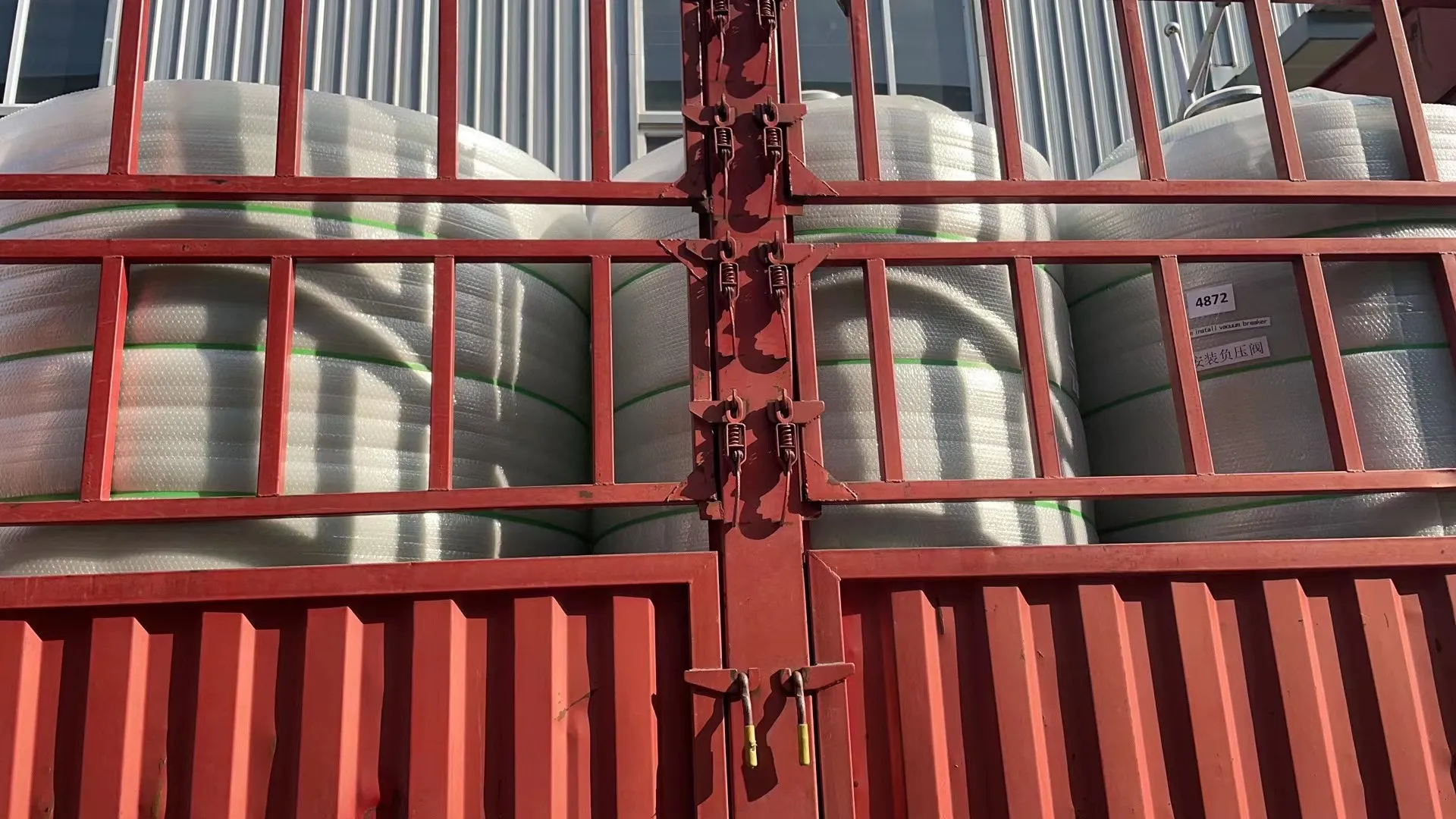loading...
- No. 9, Xingyuan South Street, Dongwaihuan Road, Zaoqiang County, Hengshui, Hebei, China
- admin@zjcomposites.com
- +86 15097380338
- Welcome to visit our website!
Fiberglass Reinforced Polymer Pultruded Grating Applications and Benefits in Industrial Settings
Understanding FRP Pultruded Gratings A Modern Solution
FRP (Fiber Reinforced Polymer) pultruded gratings have emerged as a revolutionary solution across various industries due to their unique properties and benefits. These gratings are made by combining fiberglass with a resin matrix through a continuous pultrusion process. This method results in a lightweight, durable, and corrosion-resistant product, making FRP gratings an excellent alternative to traditional materials like steel or wood.
Advantages of FRP Pultruded Gratings
1. Corrosion Resistance One of the standout features of FRP gratings is their exceptional resistance to corrosion. Unlike metal gratings that can rust and deteriorate when exposed to moisture or harsh chemicals, FRP is inherently resistant to these issues. This makes them particularly suitable for environments such as chemical plants, sewage treatment facilities, and coastal areas, where corrosion is a major concern.
2. Lightweight and High Strength FRP gratings are significantly lighter than traditional steel or aluminum options. This lightweight nature not only simplifies handling and installation but also reduces the load on supporting structures. Despite their lightweight, FRP gratings exhibit remarkable strength-to-weight ratios, ensuring safety and stability in various applications.
3. Low Maintenance Maintenance of FRP gratings is minimal compared to conventional materials. They do not require regular painting or treatment to protect against the elements. This low maintenance requirement can lead to significant cost savings over time, making them an attractive option for budget-conscious projects.
4. Anti-slip Surface Safety is paramount in many industrial and commercial applications, and FRP gratings offer excellent anti-slip properties. The surface can be treated to enhance its grip, reducing the risk of slips and falls even in wet or oily conditions, making them ideal for walkways, platforms, and staircases.
5. Versatility FRP gratings can be manufactured in various sizes, shapes, and colors, offering great flexibility for design and application. This versatility allows them to be tailored to specific project requirements, whether it’s for industrial flooring, pedestrian walkways, or decorative applications in architecture.
Applications of FRP Pultruded Gratings
frp pultruded gratings

The applications of FRP pultruded gratings are vast and diverse
. They are commonly used in industries such as- Chemical Processing Due to their resistance to corrosive substances, FRP gratings are widely used in chemical processing plants, where exposure to harsh chemicals is unavoidable.
- Water Treatment In water and wastewater treatment facilities, FRP offers the durability and resistance needed to withstand wet environments and exposure to diverse chemicals.
- Marine Environments Coastal structures and marine applications benefit from FRP's resistance to saltwater and UV degradation, making them a preferred choice for docks, piers, and boat ramps.
- Construction In the construction sector, FRP gratings are increasingly used for flooring, stair treads, and platforms due to their lightweight nature and strength.
- Transportation Many transportation infrastructures, such as walkways and bridges, utilize FRP gratings to provide safe and durable surfaces for pedestrians and vehicular traffic.
Conclusion
In conclusion, FRP pultruded gratings represent a significant advancement in materials technology, offering numerous advantages that make them suitable for a wide range of applications. Their durability, lightweight, and resistance to corrosion create a compelling case for industries looking to improve safety, reduce maintenance, and enhance sustainability. As industries continue to evolve, the adoption of advanced materials like FRP gratings is likely to increase, paving the way for innovative solutions to modern challenges. With continued advancements in manufacturing techniques and material science, the future looks promising for FRP technologies in creating safer and more efficient work environments.
-
Why Choose a Galvanized Water Tank for Your Storage NeedsNewsMay.21,2025
-
The Strength and Durability of FRP GratingNewsMay.21,2025
-
The Importance of Water Treatment Systems for Clean and Safe WaterNewsMay.21,2025
-
The Advantages of FRP Rebar for Construction ProjectsNewsMay.21,2025
-
Say Goodbye to Hard Water with a Reliable Water SoftenerNewsMay.21,2025
-
Maximize Your Water Storage with a Sectional Water TankNewsMay.21,2025
-
The Power of Filter VesselsNewsMay.19,2025
